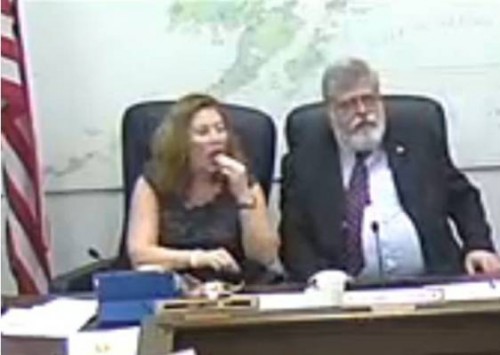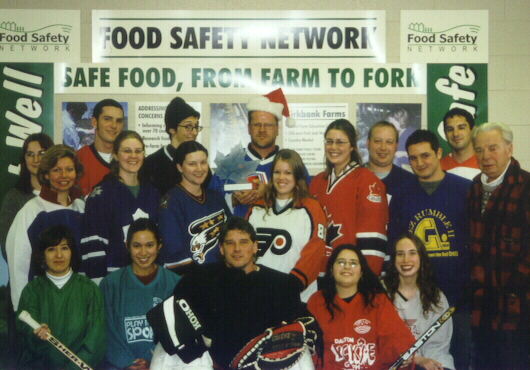Doug Grant of The Packer writes food safety outbreaks have a massive effect not only on growers, but on all stakeholders throughout the fresh produce supply chain. Irrigation water has been identified over the years as a likely cause of fresh produce contamination, so it’s critical that our industry fully understands the potential risk involved and how these risks are being managed by growers.The Center for Produce Safety has numerous research projects involving irrigation water. One 2015 project titled “Evaluation of risk-based water quality sampling strategies for the fresh produce industry,” led by PI Channah Rock, Ph.D., University of Arizona, concluded that “localized environmental conditions play a large role in water quality.”
 Further, that “growers must get a better understanding of their water sources through collection of water quality data and historical analysis.” Another outcome from this project was developing a computer app to provide guidance on the frequency of sampling based on risk factors (e.g. after rainfall).
Further, that “growers must get a better understanding of their water sources through collection of water quality data and historical analysis.” Another outcome from this project was developing a computer app to provide guidance on the frequency of sampling based on risk factors (e.g. after rainfall).
Several other CPS research projects focus on predictive models for irrigation water quality, exploring the relationship between product testing and risk, reuse of tail water and evaluating alternative irrigation water quality indicators.
Let me introduce Natalie Dyenson, head of food safety and quality assurance at Dole. As you can imagine, she has a huge responsibility covering several product lines (fruits, vegetables, leafy greens and packaged salads) sourced from hundreds of growers throughout the Americas and other countries. She’s been involved with CPS for several years and takes a keen interest in new research findings.
With leafy greens as her top priority, she is still very concerned about the three romaine lettuce outbreaks during 2018. With all Dole crops, water quality risk assessment and testing are very important. Dole reviews water source (wells, reservoir, canals, etc.) and type of irrigation (foliar spray, furrow irrigation, flooding farms).
All water sources including deep wells are tested monthly, and after weather events such as wind and frost. Enhanced testing of product is done prior to harvest depending on their environmental risk assessments — for example, after an excessive rain event where potential contaminated water run-off could be introduced to the field.
Natalie said, “there is a huge potential to leverage historical water quality test data to help mitigate risk.” She’s also very interested in predictive models and is looking forward to the results of a CPS research project starting in 2019, “Development of a model to predict the impact of sediments on microbial irrigation water quality,” led by Charles P. Gerba, Ph.D, from the University of Arizona.
Previous CPS research has shown that sediments at the bottom of waterways can harbor 10 to 10,000 more fecal bacteria than surface waters. This new project will investigate the conditions where pathogens could be re-suspended in surface water and will design sampling strategies to minimize contamination to crops.
While discussing sediment in irrigation canals Natalie mentioned that it’s been observed that some non-Dole farmers are still laying irrigation intake hoses directly on the bottom of water sources (canals, ponds, etc.). A simple solution is to use a flotation device positioned so that the hose end extracts water just below the surface where there are fewer potential contaminants. While not a complete remedy to eliminate all organic matter and pathogens in the water supply, it is a simple tool to help reduce risk.




 aide played an uptight, joyless, and unreasonable inspector from the Department of Environmental Conservation (DEC).
aide played an uptight, joyless, and unreasonable inspector from the Department of Environmental Conservation (DEC). outbreaks.
outbreaks. safety hotline that was established at the University of Guelph. Other prevalent themes were specific products and brands, food preservation, non-food safety topics and emerging issues.
safety hotline that was established at the University of Guelph. Other prevalent themes were specific products and brands, food preservation, non-food safety topics and emerging issues.